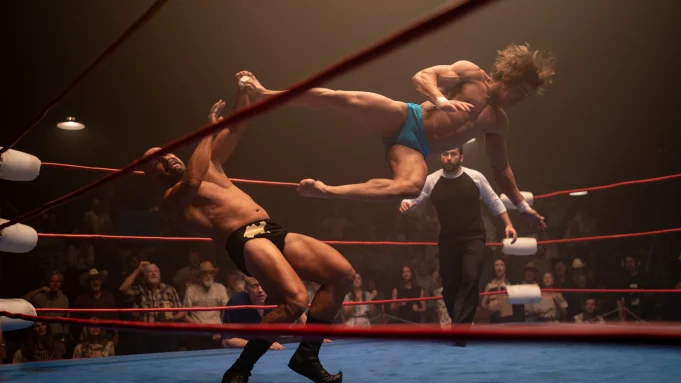In 2022’s Scream — the fifth installment of the meta slasher franchise — the new killer, like all the predecessors, likes to play with his food before eating it. As a throwback to 1996’s Scream, he primes his target victim by asking her about her favorite horror movies. For any horror fan, it’s a bit […]

